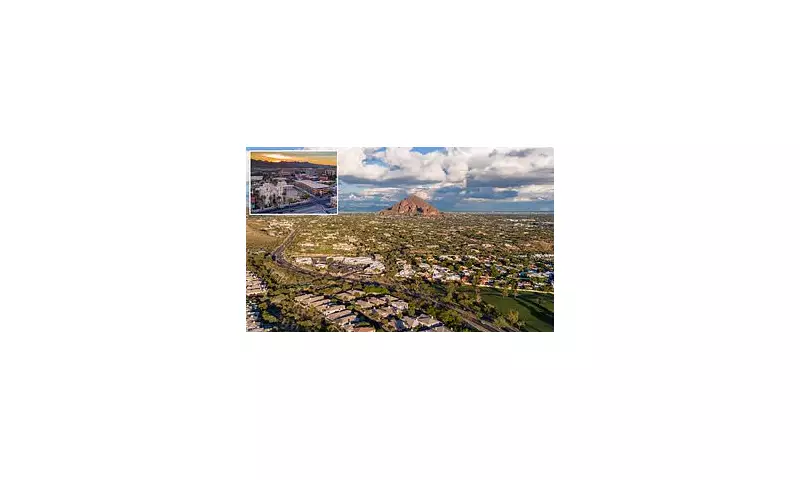
The Rise of Arizona's Sun Corridor
Thousands of Americans are moving to an Arizona desert town at such a rapid pace that specialists now forecast the emergence of a colossal 'megapolitan' area, linking it with its neighbour 115 miles to the south. For close to twenty years, analysts have projected that Phoenix and Tucson could amalgamate into a single, super-sized conurbation known as the Arizona Sun Corridor by the year 2040.
Population Boom and Development Challenges
Nestled in the Sonoran Desert, Phoenix endures average summer temperatures that soar between 104 and 107 degrees Fahrenheit, with winter lows only dipping into the mid-60s. Despite this intense heat, recent data confirms the megapolitan concept remains a very plausible future. Christy Walker, the Phoenix REALTORS board president, stated, 'This concept has been discussed for years and will likely become a reality between 2035 and 2045.' She highlighted Arizona's wealth of inexpensive land as a key factor, suggesting that as both cities expand from population growth, they will gradually close the gap between them.
According to US Census Bureau figures, Phoenix's population increased by 16,933 people between July 2023 and July 2024, elevating its total residents to 1,673,174 and cementing its status as the fifth largest city in the United States. Tucson, located approximately 115 miles south, has a population of around 1.05 million and shares a similar desert climate.
However, Walker cautioned that significant hurdles remain. 'These two major hubs are over 100 miles apart, with tribal, state trust lands and federal lands across the corridor, so there are still a lot of hurdles to overcome,' she explained. A primary concern is the long-term delivery of water in a region characterised by low precipitation. 'Without an assured water supply, growth becomes physically and economically constrained,' Walker added.
Infrastructure and Economic Revitalisation
The considerable distance between the two urban centres will demand massive upgrades to transportation and infrastructure. Walker pointed out that commuting between Phoenix and Tucson is impractical without alternatives to ground transportation. In response, The Arizona Department of Transportation (ADOT) has initiated road construction to ease congestion in the capital. Furthermore, federal officials have recently approved plans for a direct rail system connecting Tucson to Phoenix.
Steve Elliot, an ADOT spokesperson, commented on the project, saying, 'It really starts building out that project and the idea of passenger rail... We have a lot of transportation needs in Arizona, and the process we’re undertaking is quite expensive to do now. We have those resources to move forward.'
This growth has spurred a revitalisation of Phoenix's downtown area. Major investments are flowing in, including a $1.9 billion expansion of the Mayo Clinic's Phoenix campus. The city attracts newcomers and tourists with its vibrant food scene, nightlife, and abundant outdoor activities. Walker noted that migration is the key driver, with working-age adults arriving from California, Texas, Colorado, and Washington, alongside strong demand from retirees drawn by excellent healthcare and the climate.
The housing market reflects this boom. Data from October showed a 3.8 percent increase in closed home sales across the Greater Phoenix area compared to the first ten months of 2024. Nearly 52,000 homes have sold this year, with the median price for a single-family home reaching $480,000. Walker observed that most buyers seek move-in-ready homes with features like spa-like bathrooms and upgraded chef-style kitchens.





